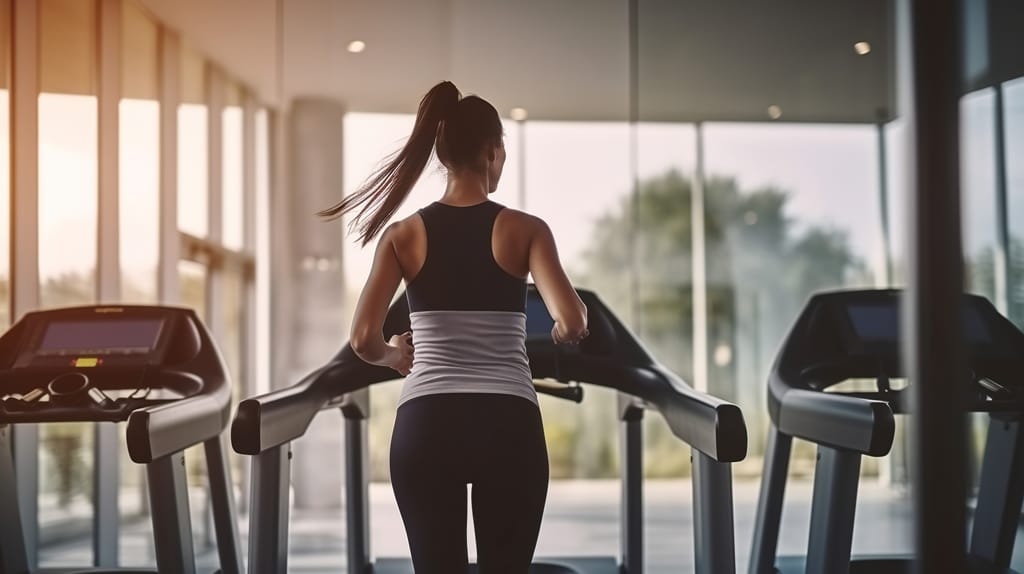
Previous Post
Diagnosing Countries: Education in Malaysia Shows Signs of Arrhythmia
4 min read
WE LIVE IN the Era of Nation-States. At the moment, there are 193 members in the United Nations (UN). Inevitably,…
Next Post
Write for the Curious Child, Read to the Inquisitive Mind
5 min read
OUR BELIEF SYSTEM is formed by what we are taught and our lived experiences, which then influence our decisions and perceptions. What stands in between with one...
You might also like
Women! Let’s Rush to the Gym and Embrace Strength Training
5 min read
GROWING UP, I often heard adults in my family complain about their inevitable decline in strength and increasing frailty, resulting in higher dependence on othe...
Write for the Curious Child, Read to the Inquisitive Mind
5 min read
OUR BELIEF SYSTEM is formed by what we are taught and our lived experiences, which then influence our decisions and perceptions. What stands in between with one...
CEO Hari: PSDC Stays on Course on Penang’s Industrial Voyage
10 min read
APPOINTED AT THE start of 2024 as CEO of Penang Skills Development Centre (PSDC), Hari Narayanan has led a long career juggling both academia and industry for a...




